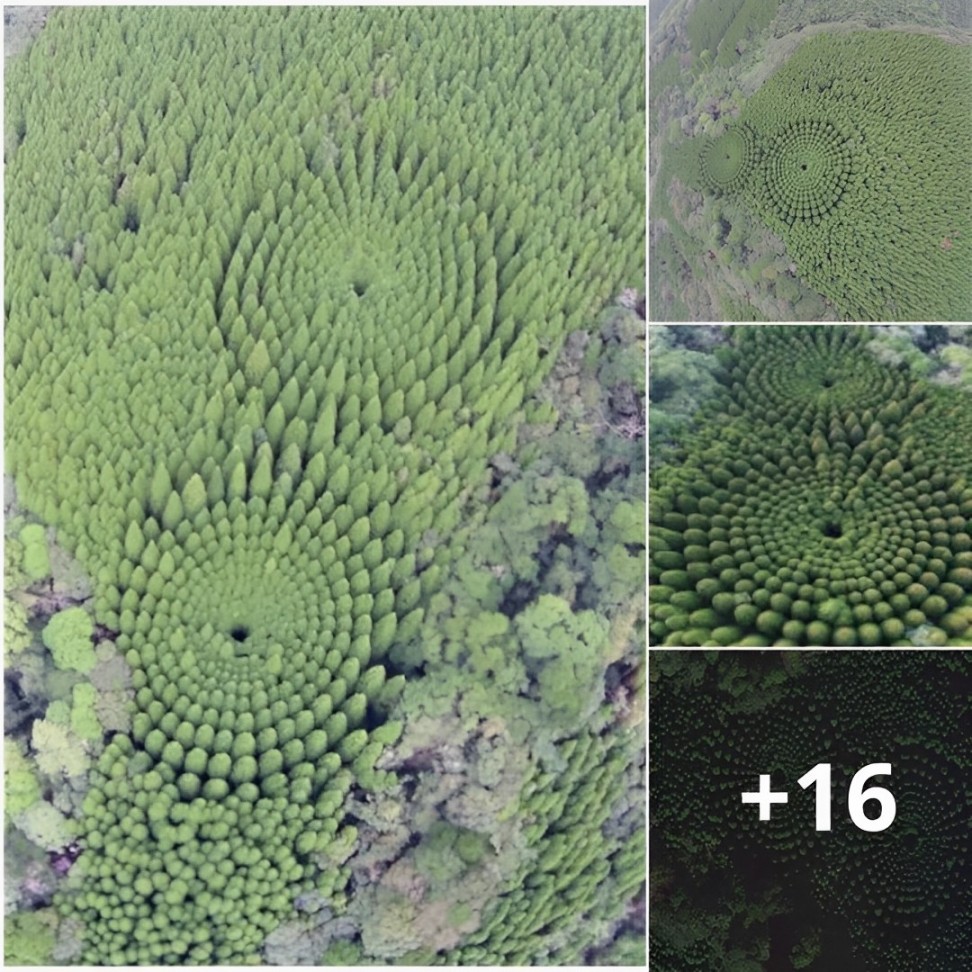For hundreds of years, the Tree of Ténéré was a vital navigational waypoint in the heart of the Sahara. Even though it sat in complete isolation, hundreds of miles from any other tree, in 1973 a drunk truck driver managed to knock it down – even with all that open space around.
 The loneliest tree in the world. Source
The loneliest tree in the world. Source
Trees do not typically appear on maps showing half a continent, but the Tree of Ténéré was no ordinary tree. If you look at the beautiful Michelin maps of Africa from the 70’s, you will most certainly find this lone landmark in the Ténéré region of the Sahara in Niger. The world’s loneliest tree.
The Tree of Ténéré was an acacia, dating to a time when northeast Niger was a wetter place, with a luscious expanse of foliage. However, as the growing Sahara was beginning to advance into the region, the Ténéré became drier and drier and the water reservoirs beneath the surface started receding. In this new environment, only the trees with the longest roots were able to survive. Ultimately, only the Tree of Ténéré stayed, as its roots stretched more than 30 meters (100 ft) down into the soil. By the early 20th century, all other vegetation in the area disappeared, and the tree now stood solitary in the vastness and isolation of the desert. The next tree was 400 kilometers (250 mi) away.
 A 36-meter-deep well was built near the tree. Although the water is of poor quality, it is necessary for caravaneers. It is brought to the surface by muscle power or with the help of animals. Niger – Tenere – 1967. Source
A 36-meter-deep well was built near the tree. Although the water is of poor quality, it is necessary for caravaneers. It is brought to the surface by muscle power or with the help of animals. Niger – Tenere – 1967. Source
As years went by, traveling caravans stumbled upon the seemingly impossible tree. They marveled at it, and revered it as a miracle tree of God. Then, a few more down-to-earth travelers realized that the tree’s existence has to do not with a miracle but with the presence of water deep underground. Soon after, the French (who were in control of the area at the time) commissioned the building of a well nearby for use by the French military. Since the tree and the accompanying well were the only visible markers in the entire landscape, they became essential to travelers for navigation and water.
When Michel Lesourd of the Central Service of Saharan Affairs saw the tree in 1939, he remarked: “One must see the Tree to believe its existence. What is its secret? How can it still be living in spite of the multitudes of camels, which trample at its sides? … Each year, the Azalai gather round the Tree before facing the crossing of the Ténéré. The Acacia has become a living lighthouse; it is the first or the last landmark for the Azalai leaving Agadez for Bilma, or returning.”
For decades to come, the tree continued to serve traders and pilgrims with guidance and sustenance. It became so important, in fact, that it was one of only two trees (the other being Arbre Perdu or “Lost Tree” to the north) to be shown maps, as noted above.
 The Tree of Ténéré in 1961. The tree was destroyed in 1973 and has been replaced by a monument. Photo: Michel Mazeau/CC BY-SA 2.0
The Tree of Ténéré in 1961. The tree was destroyed in 1973 and has been replaced by a monument. Photo: Michel Mazeau/CC BY-SA 2.0
Then, on a fateful day in 1973, a Libyan truck driver thought that getting a little inebriated before a long, boring drive across the barren desert could do no harm. After all, there is nothing to hit, so what could go wrong? Well, somehow he still managed to hit something. Against all odds, he slammed into the Tree of Ténéré, literally the only standing object for hundreds of miles in any direction. The crash decapitated the tree from its roots. The world’s loneliest tree was no more.
On November 8, 1973, the remains of the tree were transported to the Niger National Museum in the capital Niamey.
 The pavilion housing the tree’s remains in Niamey. Photo: Holger Reineccius/CC BY-SA 3.0
The pavilion housing the tree’s remains in Niamey. Photo: Holger Reineccius/CC BY-SA 3.0 The remains of the Tree of Ténéré. Photo: Felix Krohn/CC BY-SA 4.0
The remains of the Tree of Ténéré. Photo: Felix Krohn/CC BY-SA 4.0
Later that year, an anonymous artist erected a monument of questionable aesthetic value to commemorate the tree’s existence. Some speculate that the recycled pipes, oil barrels, and discarded auto parts it’s made of symbolize the destruction of the natural world by means of a careless, mechanized society. Anyhow, it stands as a tribute to the legendary Tree of Ténéré whose graceful arms surprised, comforted, and guided travelers for many decades.






